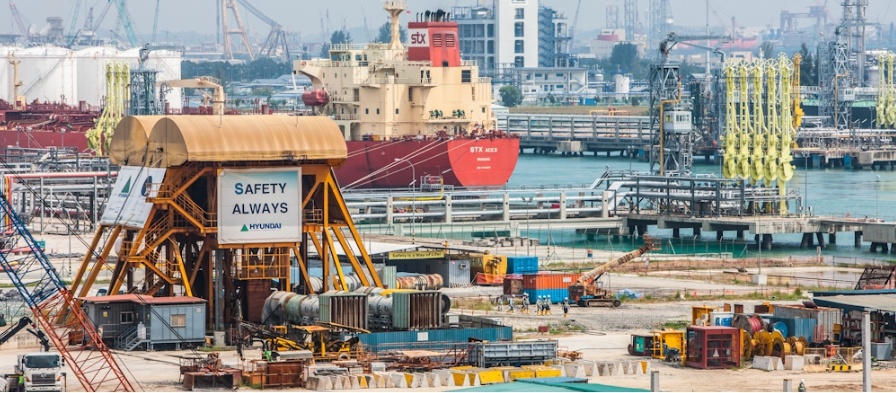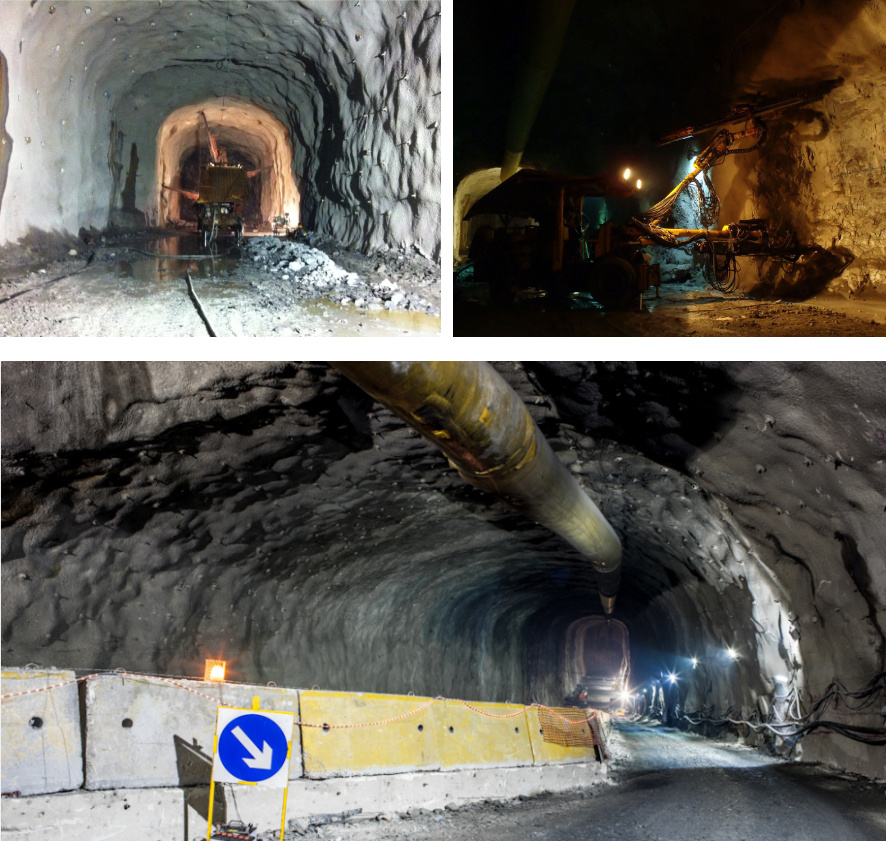Sticking to the composites industry leader
Jurong Island Underground Oil Storage
Jurong Island Underground Oil Storage is the first underground oil storage in Southeast Asia built by Singapore on Jurong Island. This oil storage costs S $ 950 million and is located 150 meters below the sea floor and below the surface. . The project is mainly divided into the first and second development stages. After all development, it can save 60 hectares of land area and can store 2.77 million cubic meters or 17.8 million barrels of oil. The initial stage of Jurong Island's underground oil storage was constructed by Japan's Sato Kogyo at a cost of 50 million yuan, including two "big wells" 130 meters deep underground-access shafts and Two "start-up galleries" near the bottom of the shaft (entering and exiting the shaft to the underground tunnel).
Category:
Underground
Consult
DESCRIPTION
Jurong Island Underground Oil Storage is the first underground oil storage in Southeast Asia built by Singapore on Jurong Island. This oil storage costs S $ 950 million and is located 150 meters below the sea floor and below the surface. . The project is mainly divided into the first and second development stages. After all development, it can save 60 hectares of land area and can store 2.77 million cubic meters or 17.8 million barrels of oil. The initial stage of Jurong Island's underground oil storage was constructed by Japan's Sato Kogyo at a cost of 50 million yuan, including two "big wells" 130 meters deep underground-access shafts and Two "start-up galleries" near the bottom of the shaft (entering and exiting the shaft to the underground tunnel).
FRP anchors were used in the caverns of the Jurong Island Underground Oil Storage Project in Singapore, related underground / ground facilities and breakwaters. Due to the durability of FRP anchors, the GFRP anchor system can not only be used as temporary support (like temporary support using ordinary reinforced anchors), but also can be included in the calculation of the ultimate load bearing structure. Therefore, the cast-in-situ concrete shell can be reduced or even eliminated. This method of construction, known as single-layer lining tunnels, is widely used in Swiss military and civilian tunnels. The final support only includes anchor rods and shotcrete. With the continuous improvement of these materials, the importance of single-layer lined tunnels will further increase. The cost is greatly reduced, and the FRP anchor has high corrosion resistance, which is very suitable for permanent support.
Project Application Type: Coastal engineering-support applications
characteristic: preservative






